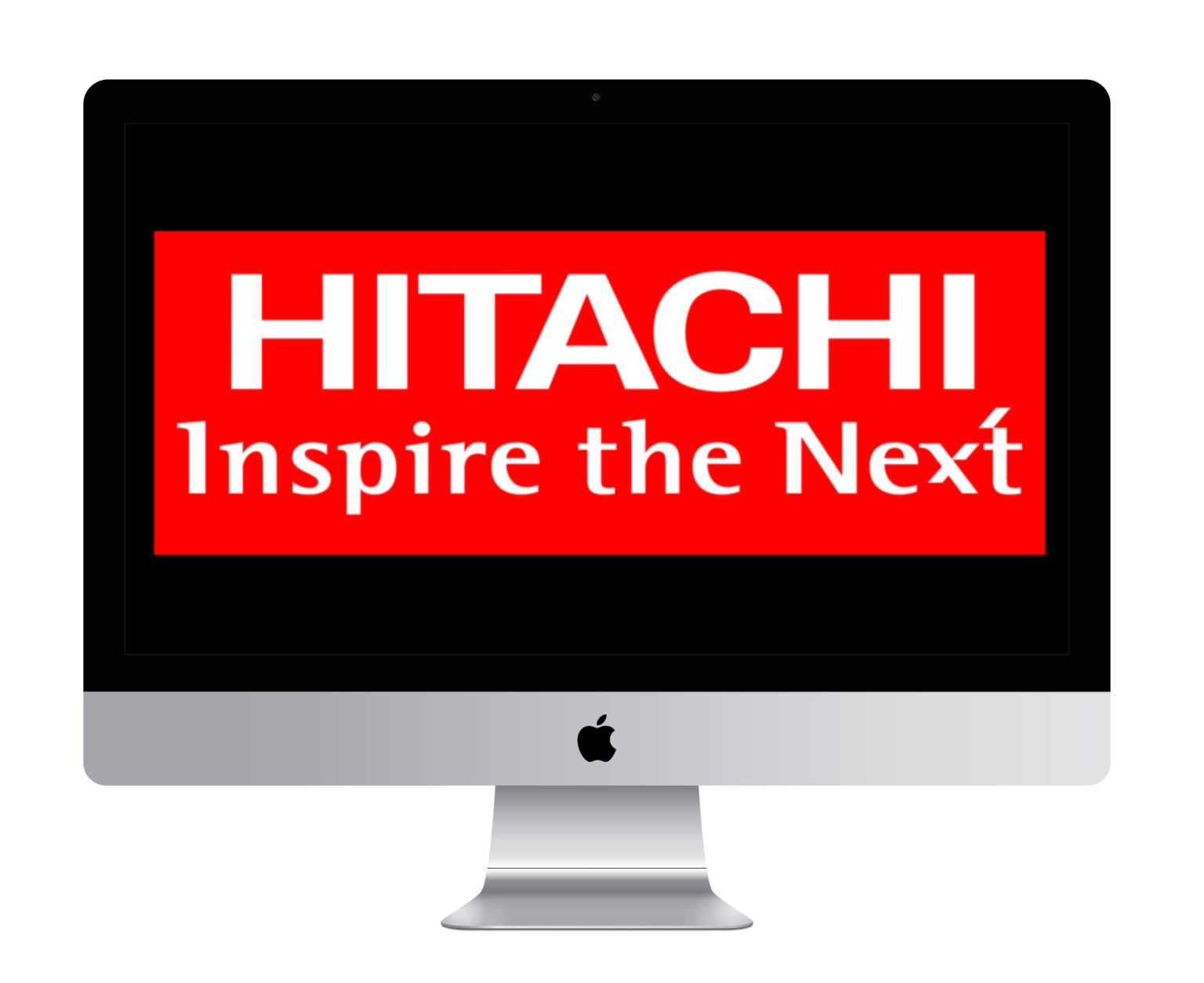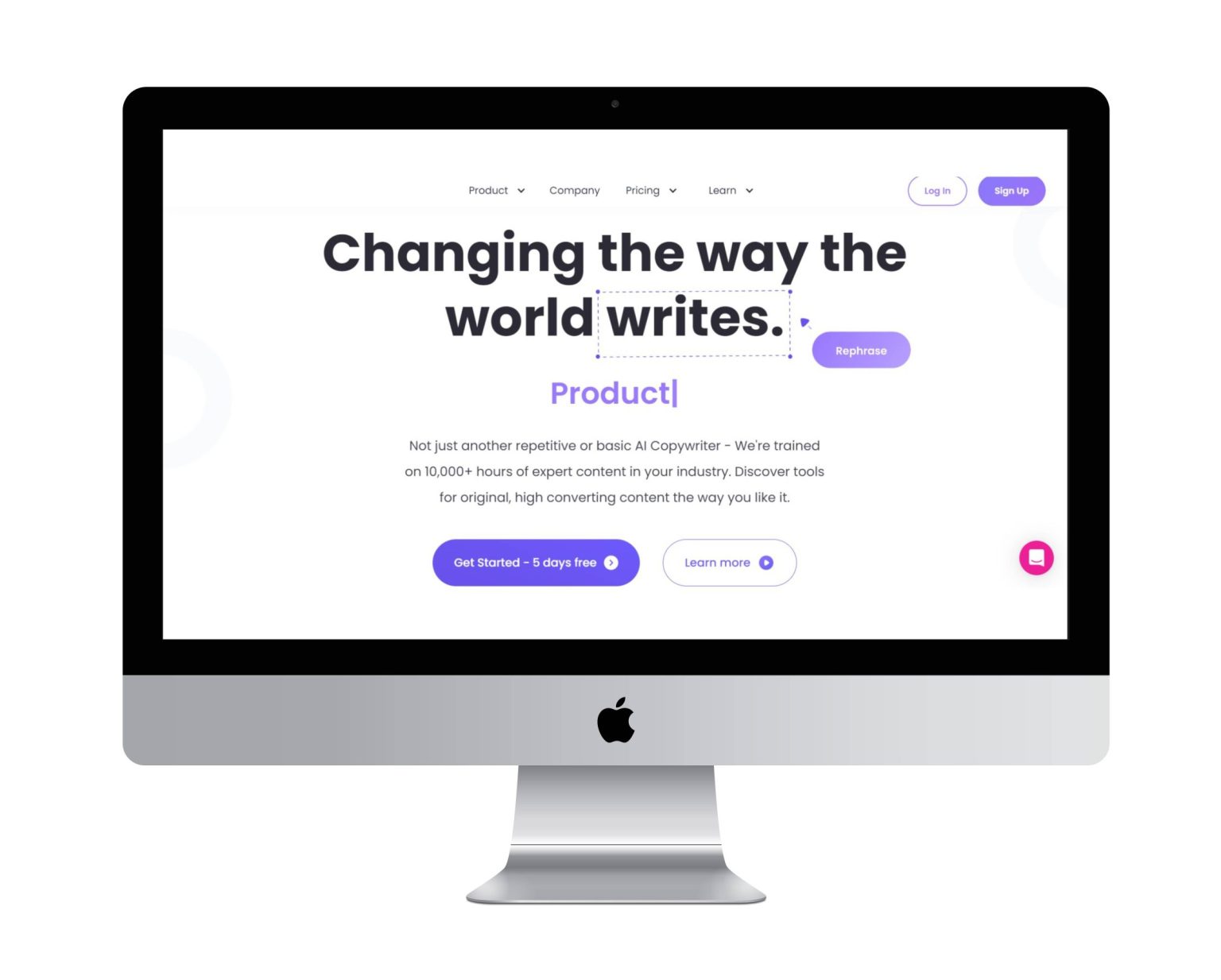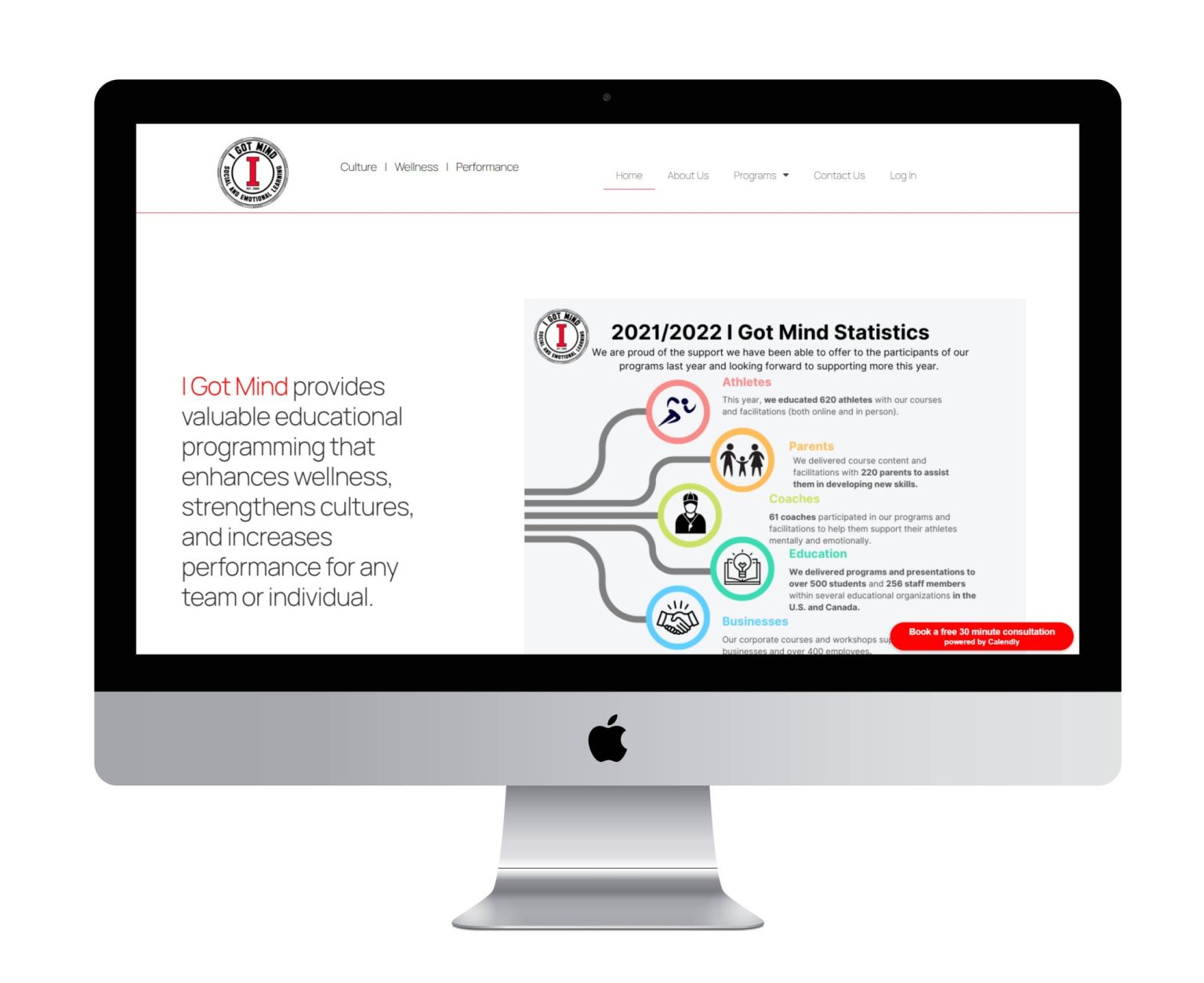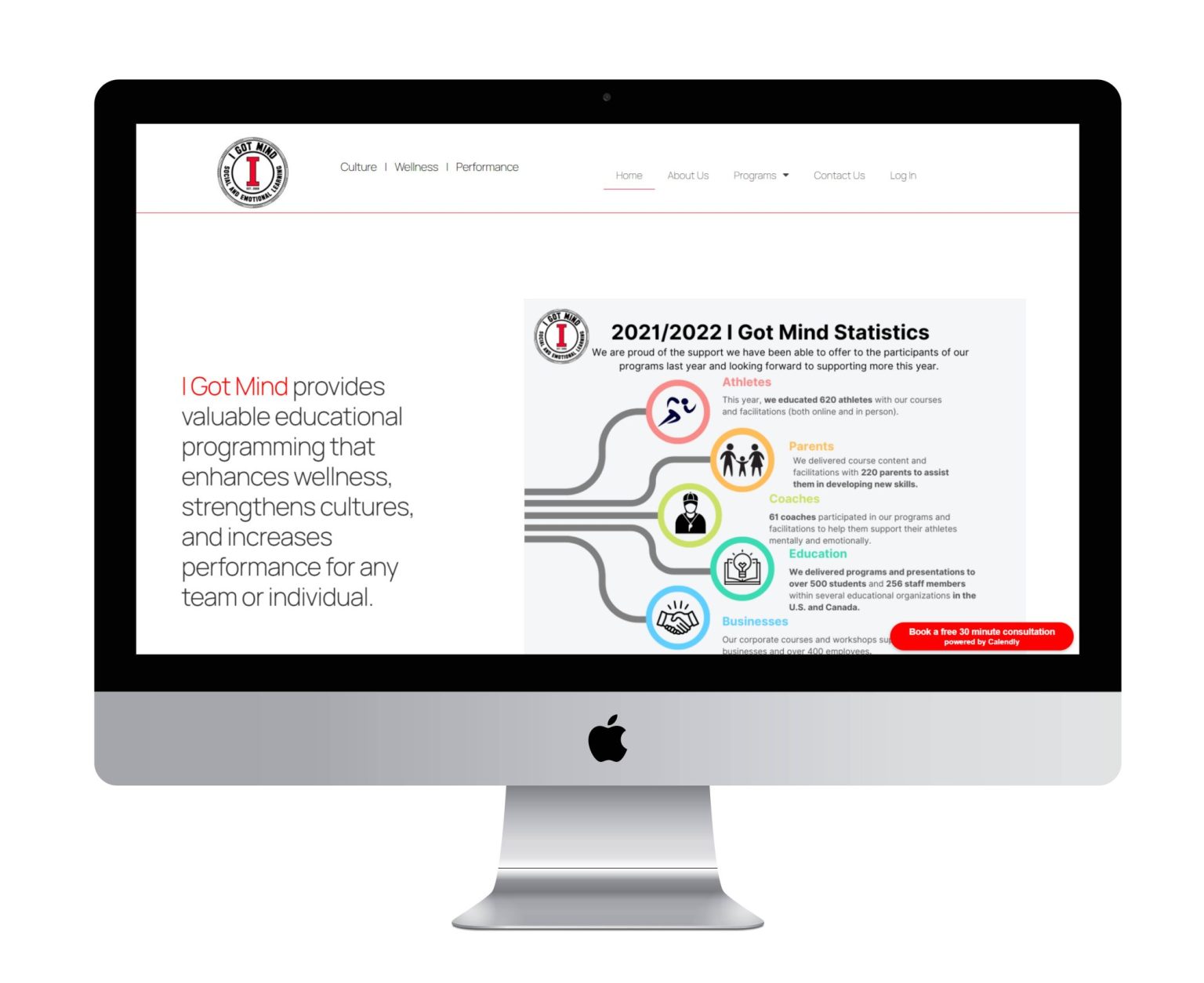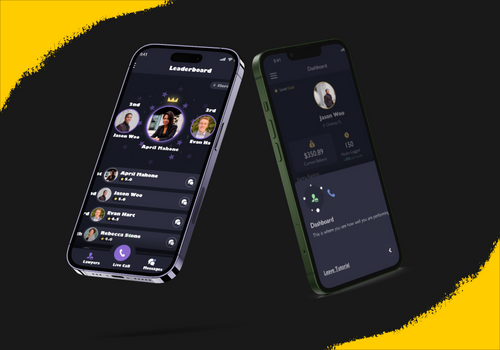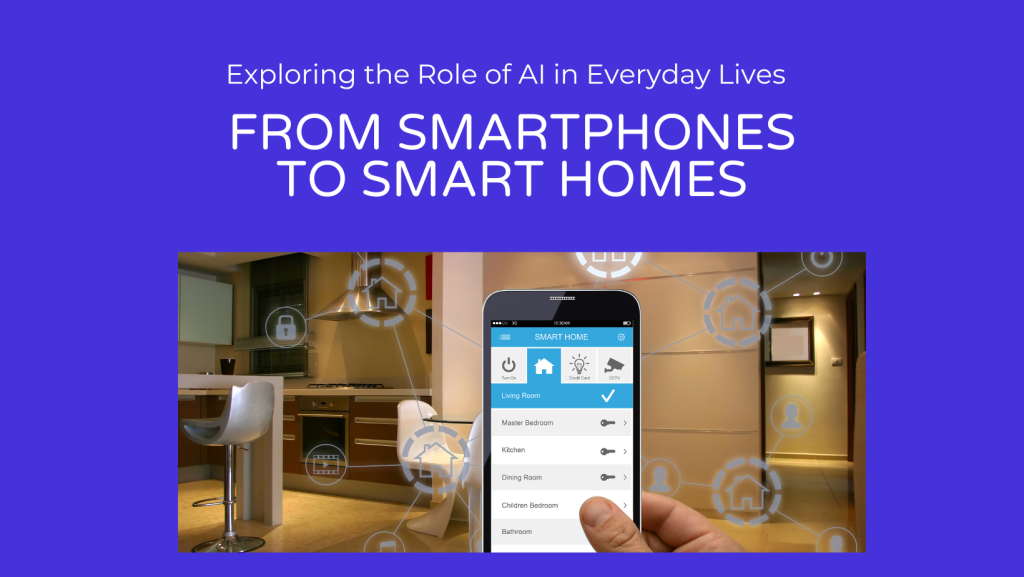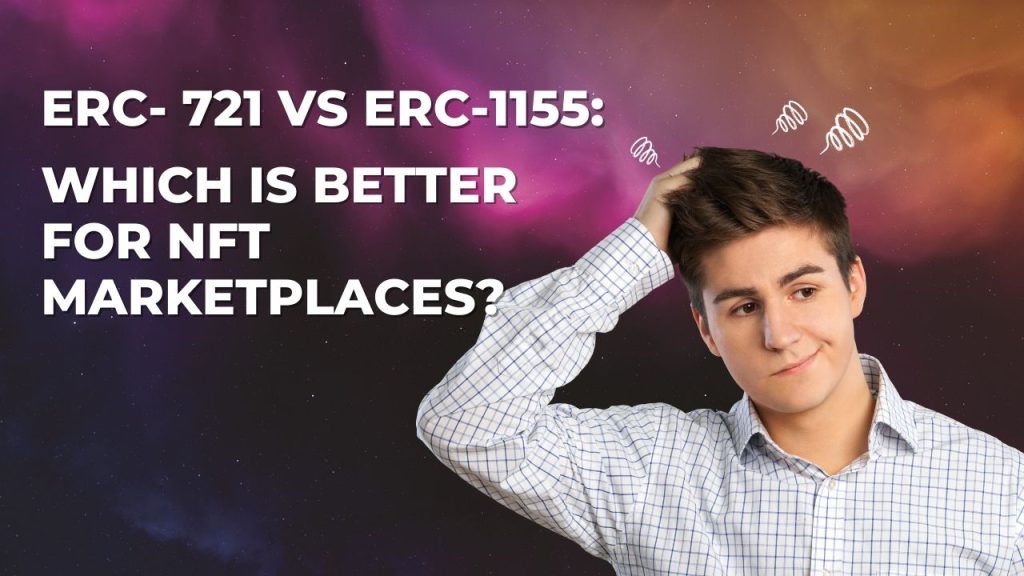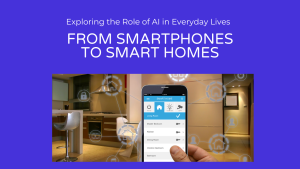The crypto world is not easy to navigate, especially for those who are unfamiliar with the technicalities of smart contracts or the underlying blockchain technology.
Investors can be shown the key information they need to be aware of in order to make their financial decisions. So that they can have a basic understanding of some of the most crucial properties of some well-known crypto assets.
Investors can determine whether a token is compatible with their portfolio by understanding the procedures for conducting in-depth research about the token. This was a solid statement back when the crypto space was still in its infancy.
Decentralized apps and smart contracts may now be written on the ground-breaking open-source blockchain network Ethereum. One of Ethereum’s most important aspects is the availability and adoption of token standards. It fosters innovation by enabling developers to build their own applications.
Two significant Ethereum token standards are ERC-721 and ERC-1155. These token standards are used in the non-fungible token (NFT) and its applications.
A blockchain token is a single smart contract or a section of code. NFTs are distinctive crypto tokens. It can represent real estate, video games, and other physical or digital goods bought and sold on NFT marketplaces.
Equal exchange is not possible with NFTs. It sets them apart from fungible tokens like cryptocurrencies. Distinctive identity and metadata distinguish them from one another.
ERC-721
ERC-721 tokens represent a whole asset that cannot be divided, such as a certificate or tokenized good. They are considered to be “non-fungible” due to their uniqueness (NFTs). NFTs are strong in terms of immutability, ownership transparency, and security.
One of the useful features of ERC-721 is that it enables users to determine the overall supply of a group of NFTs that are readily available on the network. Obtaining an account’s current token balance and approving the quantity of tokens that can be transferred to a third-party account are two additional functionalities.
Digital art is the primary use for NFTs based on ERC-721. Although there are additional use cases for music and blockchain-based gaming.
Benefits Of ERC-721
Amusements and crypto collectibles
NFTs can be used to communicate with any in-game resource that is accountable to the player rather than the game designer.
Property titles and security tokens
When tied to a physical item, non-fungible tokens are amazing endeavors. NFTs provide a potent technique for tokenizing a variety of benefits, whether actual or artificial, and for trustless exchanges, trading, or partial ownership.
Certificates
Each of our identification cards, academic records, and even programming licenses can be seen as intriguing endorsements connected to the existence of a single person.
If and when the trusted vault of believed guarantors of such authentications can be built up, NFTs might be used to authenticate and indestructibly keep birth endorsements, academic accreditations, guarantees, personalities, even works of art and property ownership.
Identity
A non-fungible token is anything that remarkably speaks to a certain person. NFTs might communicate with online characters in this way by exchanging stories, content, and renown.
Organizing Wills
There are a lot of administrative costs and coordination costs associated with handling the partial calculation of these benefits when someone dies and leaves a single physical item to be split among several people in the bequest. The items’ receivers might sell them and divide the proceeds among themselves.
ERC-1155
The ERC-721 standard is excellent for tokenizing and creating one-of-a-kind assets that can be transferred from one wallet to another. However, when transferring multiple armor pieces in a game for a specific character, a collection of ERC-721 tokens can be slow and inefficient. This is where Enjin created ERC ERC-1155, which supports both non-fungible and fungible tokens.
ERC-1155 enhances the functionality of ERC-721 by increasing efficiency and correcting obvious implementation flaws. It can support an infinite number of tokens in a single contract. It enables fungible, semi-fungible, and NFTs to transition between the former during their lifecycle.
ERC-1155 also includes a security function that verifies the validity of a transaction. It allows tokens to be returned to the issuer if the transaction fails. This alleviates concern about potential user errors, such as sending tokens to the wrong address. This function, together with other rules, protects against exploitation.
Benefits Of ERC-1155
Now exchange and deal semi-fungible tokens
ERC-1155 allows for the use of semi-fungible tokens in addition to the normal fungible and non-fungible tokens.
Semi-fungible tokens can either be changed from a fungible token to an NFT or the other way around. ERC-1155 is the next-generation token standard because, unlike ERC-20 and ERC-721, it can simultaneously turn digital or physical assets into tokens.
The ability to use different token types in a single smart contract!
The ERC-1155 token standard allows users to employ an endless number of NFT, fungible, and semi-fungible token types within a single contract. The standard provides for the grouping of several token IDs under a single transaction, which speeds up the transfer of money and tokens.
For instance, a smart contract using the ERC -1155 standard that uses both fungible and non-fungible tokens will have less impact on the blockchain and speed up transaction times.
The transactions are safeguarded
The ability to inspect a valid or invalid transaction is a feature of smart contracts that have been implemented with ERC-1155 token specifications.
The functionality will make sure that the tokens are returned to the issuer’s wallet in the event that the transaction cannot be processed. It also keeps track of everything, from the moment a token is minted to the moment it is burned.
Low gas charge
The ERC-721 token standard was formerly infamous for its high gas cost and lengthy transfer times. By using a customized contract for each token, the ERC-1155 standard can reduce gas costs by 90%.
Enhanced support for DEX (decentralized exchanges)
ERC-1155, as opposed to ERC-721, has advantages for decentralized finance. This is due to the fact that ERC-1155 has built-in code that a DEX can utilize by carrying out some requirements of the smart contract.
Reduced workload
The tedious process of filling out each detail of an NFT according to the ERC-721 token standard takes longer than necessary. Fortunately, ERC-1155 takes care of this problem and saves time by letting the issuer enter less data.
ERC-721 VS ERC-1155
The ERC 1155 vs ERC 721 topic has also elevated in importance with the rise in NFT use. Let’s go deeper to learn the difference between ERC 721 and ERC 1155:
Support for a Decentralized Exchange (DEX)
ERC-1155 is suitable for a DEX because it has built-in code that provides specific smart contract requirements for a DEX. There is no such increased support capability in ERC-721.
Transaction Security:
Unlike ERC-721, ERC-1155 provides a function called transfer security that makes transactions simple and enables the issuer to reclaim tokens that were delivered to the wrong address. Additionally, logging every step of a token’s life cycle, from minting to burning, is a part of this asset security feature.
Support for Tokens:
While ERC-721 only allows for the generation of NFTs, ERC-1155 also allows for the development of fungible and semi-fungible tokens, making it easier to convert these types of tokens into NFTs and vice versa. This adaptability is a key benefit of ERC-1155.
Batch Transfers:
By facilitating batch transfers, ERC-1155 can lessen network traffic and cut gas prices by up to 90%. ERC-721’s requirement that transactions be produced for each unique NFT results in sluggish, ineffective transactions and more expensive gas costs. The price needed to complete a single transaction on the Ethereum blockchain is referred to as gas costs.
Flexibility in Metadata:
ERC-1155 has greater flexibility in storing a large number of Uniform Resource Identifier (URI) codes than ERC-721, which uses static metadata embedded within a smart contract.
ERC-1155 offers higher efficiency, flexibility, and security than ERC-721, which has played a significant role while also allowing for time and money savings. For greater functionality, existing non-ERC-1155 programmes should upgrade to the standard.
The ERC-1155 token standard may serve as the foundation for tradable digital assets that are created, held, and traded in an NFT marketplace. Blockchain professionals at a seasoned software development business might create this marketplace.
NFT Marketplace
The foundation of NFT platforms is the notion that, similar to physical material, digital content may be scarce, or restricted in supply, and can, thus, be meaningfully owned and exchanged.
These platforms employ blockchain technology to certify the provenance of digital information, much like a traditional auction house may do to ensure that a certain item of art is the genuine article and not a copy. Certain sites also offer the ability to “tear” products. It accentuates the concept of scarcity for these digital goods.
NFTs cannot be traded directly, in contrast to fungible (divisible and non-unique) tokens like bitcoins. There can be no equal trade between them due to their distinctive identities and metadata. They need an NFT marketplace, which is a special platform.
The following are some of the most well-liked NFT types and the related marketplaces:
Digital Artifacts:
Games/Trade Cards, Trophies of Wins, and Special Videos of Rare Gaming Moments are a few examples of digital collectibles that are non-fungible tokens (NFTs) in such a marketplace.
Game characters:
Both well-known and uncommon gaming characters can be turned into NFTs and sold on the marketplace.
Real estate:
Access to exclusive, sought-after properties is convertible into non-fungible tokens.
Tokenized music:
Entire albums of music or single songs can be turned into NFTs and sold directly on specialized NFT marketplaces.
Conclusion
The dynamic, decentralized blockchain network Ethereum features token specifications that encourage technological innovation. Compared to earlier standards like ERC-721, which has restrictions that result in slower, more expensive transactions. ERC-1155 is the most flexible and effective of these token standards. And may permit batch transfers, more token support, and asset transfer security.
For NFTs that are created, stored, and exchanged on an NFT marketplace built and configured with cutting-edge capabilities for various businesses and organizations, ERC-1155 may be used. A seasoned software development firm knowledgeable in blockchain technology and sticking to Ethereum development standards should do these customized NFT marketplace development services. Such a software development company might create secure, cutting-edge back-end tools and a user-friendly, intuitive front-end for a successful NFT marketplace.
